Where to find new email subscribers
May 29, 2013 Leave a Comment
For most merchants, email remains the most reliable workhorse in their stable of online marketing techniques. More than one third of online consumers report reading brand emails, and according to data from marketing services firm Monetate, those campaigns convert at a 50% higher rate than search and seven times the rate of social media.
So it would seemingly behoove merchants to encourage shoppers to subscribe for email updates prominently on the eCommerce site — but fewer than one in four merchants feature signup links in the global header.
Another popular solution has been to use a pop-up window on the home page to entice visitors to to join the email list. This feature once seemed ubiquitous, but in reality, it’s now even less popular than the global header option: just 20% of top merchants from both Internet Retailer’s Top 500 and Second 500 lists feature a pop-up window.

So what’s a merchant to do to drive email signups? A few solutions worth considering:
Use a moving window, but positioned differently. The pop-up window is attention-grabbing, but can also disrupt the shopping experience if visitors can’t figure out how to make it disappear. As an alternative, merchants should consider positioning the invitation differently, spotlighting the signup form without blocking access to shopping features. Abercrombie & Fitch uses a drop-down window at the very top of the home page; visitors can scroll down slightly to access shopping content, close the email signup window, or subscribe on the spot.

Dedicate prime real estate. With email such a lucrative form of marketing, merchants should consider biting the bullet and anchoring a signup promotion above the fold within the center content area. 1-800-flowers.com gives prime positioning to its email signup invitation, positioning it alongside featured best-sellers immediately beneath the top promotional window and succinctly stating the benefits of signing up.

Use interior pages, too. With more shoppers bypassing the home page altogether and linking directly to category and product pages via search engines, it makes sense for merchants to distribute email signup invitations throughout the site. L.L. Bean is among the merchants that have stepped back from the pop-up window technique. Last year, the home page featured an invitation to “Be the First to Know” that listed the benefits of email signup. Now, the home page email signup link is relegated to the global footer — but the invitation is also placed on category pages in the left-hand column beneath secondary navigation, and echoes the “First to Know” theme of the original promotion.

2012, above

Go off-site. Merchants should get creative in their search for email signups, and leverage every available touchpoint to engage new subscribers. Among the potential sources to consider:
-
Transactional emails – as mentioned in a prior post, customers now expect emails containing order confirmation and delivery details to contain promotional messaging. It’s an ideal time to encourage continued engagement with the brand via email updates.
-
Social media – merchants should go beyond merely posting an email link to Facebook and highlight the content subscribers can access that’s not otherwise available, such as exclusive email discounts or expert content that doesn’t fit in a 140-character Tweet. Eco-friendly merchant Gaiam promotes an instant 15% discount with its Facebook email signup form, and stresses that subscribers receive a newsletter to help them “live fit, healthy, green and happy.” The company’s privacy policy is linked prominently, along with a pledge not to share email addresses with outside parties.

- Existing subscribers – subscribers’ friends are likely to share interests, preferences and tastes – and therefore are likely to be interested in brands subscribers endorse. Make it easy for subscribers to pass along savings, and give recipients of forwarded email an incentive to join the list. The Gap’s “friends and family” campaign does both by offering an enticing discount for subscribers with a one-use-only code, and then giving a slightly smaller discount to friends who are forwarded the message. Recipients of the forwarded message have the opportunity to save instantly, and can also see how being a subscriber gives them access to even better deals.
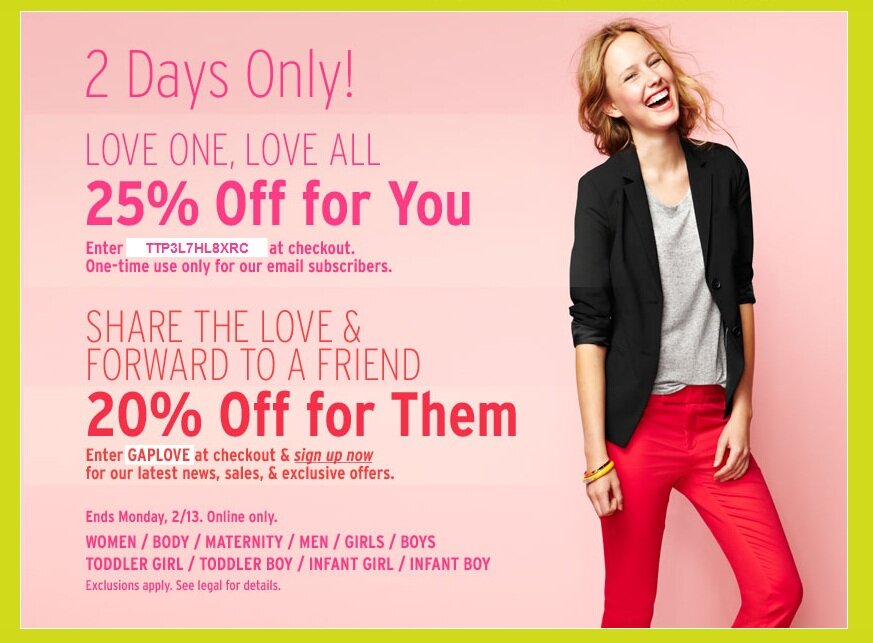
For more email signup strategies, download the Optimizing Email whitepaper. What techniques have worked for your brand to drive subscriptions?
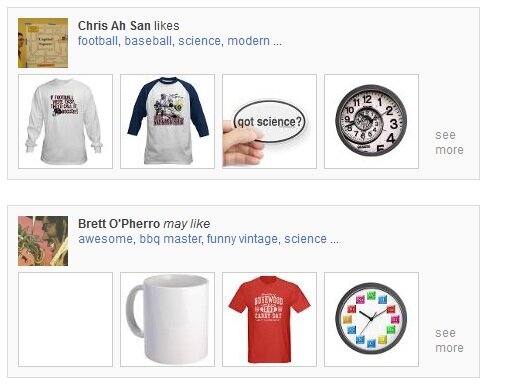



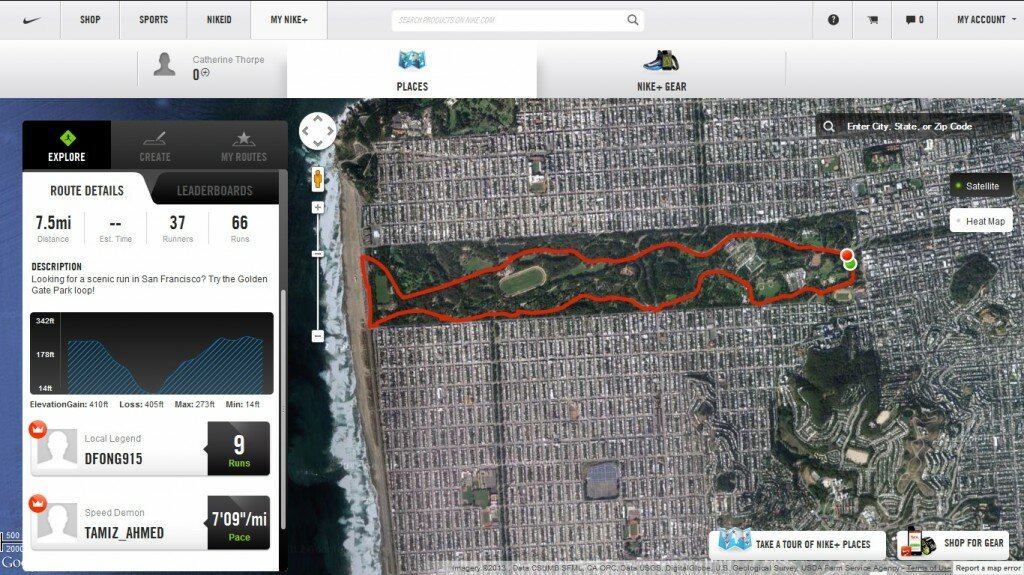
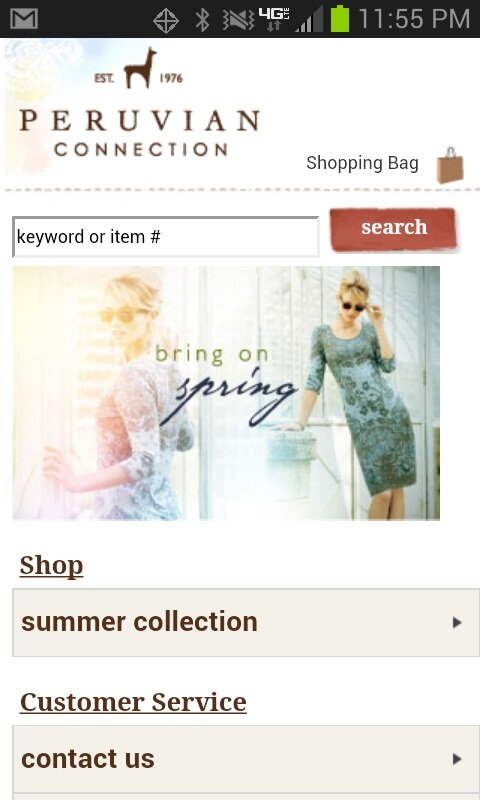


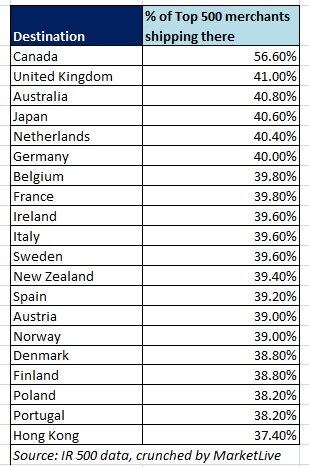



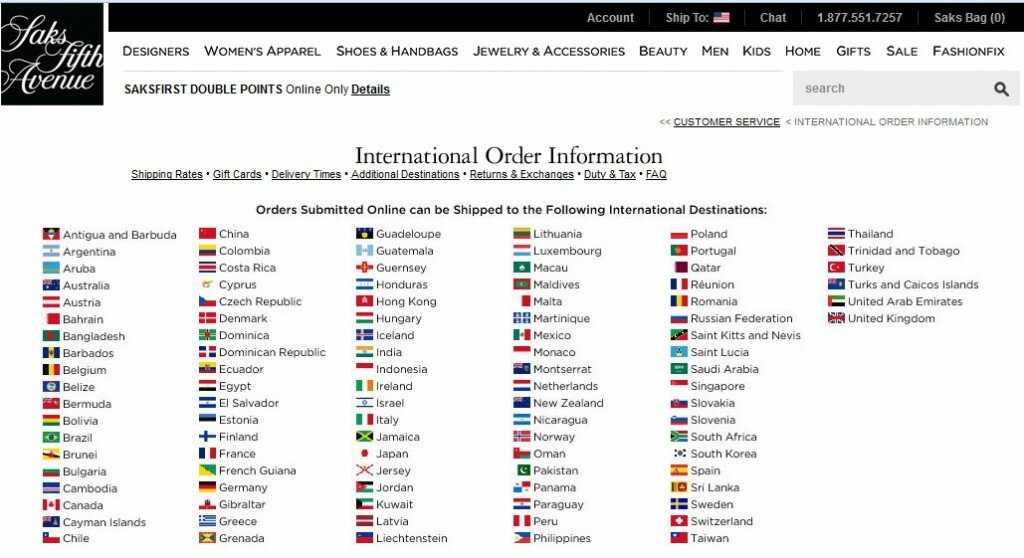
Connect with us: